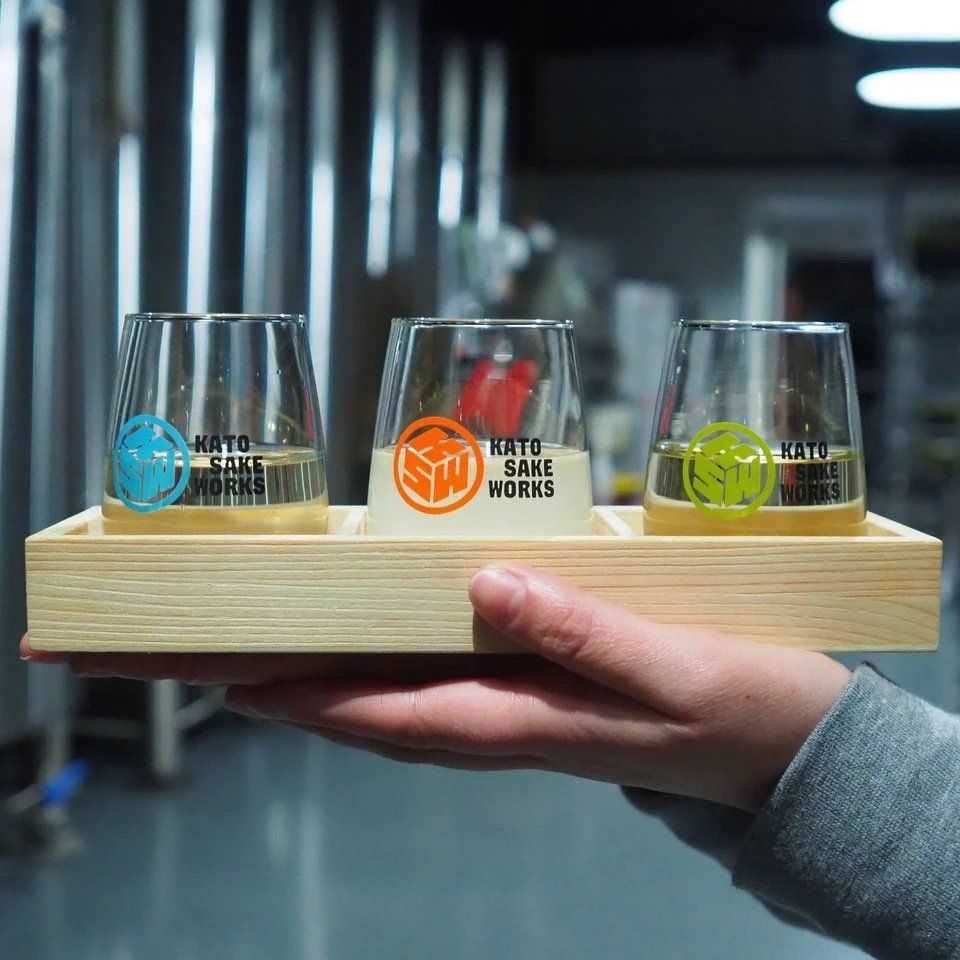Let us be your guide
to the sake wonderland
Upcoming Tours
We post the tours as they become available, so if you don’t see any events below, or the dates posted don’t align with your schedule- fear not!- we release them on a rolling basis and there will be more. (we’ll announce them on our instagram as well)
Have you been to our taproom and sipped fresh sake while smelling fermenting moromi? Are you interested to learn how we make (and drink) sake at the brewery?
We are now offering a tasting and tour program for those interested in getting a look behind the scenes at our new production space and diving deeper into the intricacies of how sake is made. Come on in and let us guide you through the sake wonderland!
Due to the limited seating, all the events are by reservation only. If you don’t see any availability, please check back again as we open slots on a regular basis.
THE BASICS OF SAKE
Sake, often called “rice wine,” is actually made through a process more similar to beer brewing than winemaking. Sake is brewed, not distilled. Typical sake has 15–16% ABV, slightly stronger than wine but not as strong as vodka or tequila.

RICE
While you will find fruity and floral flavors in Kato Sake Works’ craft sake, it is made of rice, a bland, starchy grain we eat every day (at least in Japan.) To make good sake, rice grain is milled to about half of its size, and unwanted compounds on the outer layer are removed. It’s an expensive process, but it’s essential for good sake. And, by the way, rice is 100% gluten-free.

WATER
80% of sake is made of water. The quality of water not only impacts the taste of sake, but also impacts how the rice is fermented. Hard water accelerates fermentation, resulting in rich, bold, dry sake. Soft water slows it down and makes clean, crisp, sweet sake. Our water comes from the beautiful Catskill Mountains in Upstate New York, a hundred miles north of NYC.

KOJI
Koji is a type of domesticated mold widely used in Asian culinary culture (Soy sauce and miso are also made using koji). Koji is cultured on steamed rice for 48 hours until rice grains become fluffy like brie cheese. Koji is to sake as malt is to beer. It breaks down the starches in the rice grain into sugar, which is then fermented by yeast to make alcohol.

YEAST
Yeast ferments sugar into alcohol. Most alcohol producers around the world have developed fermentation techniques, such as temperature control and additional nutrients, in order to provide the optimal environment for the yeast to work happily. That’s not the case for sake. We put them in frigid temperatures and feed them too little. Only the yeast that endures this harsh environment can produce a beautiful sake. It’s like the art of the Samurai.
If you dare to explore the world of sake further, we can guide you to more advanced topics.




